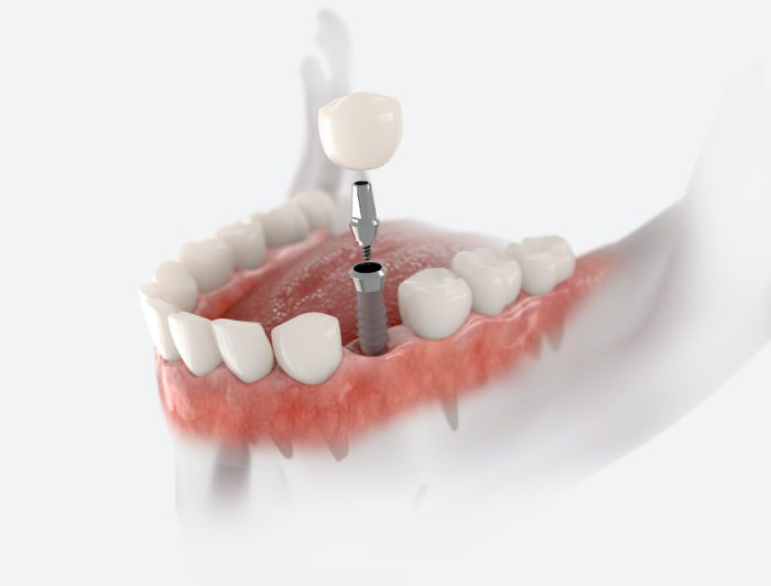Digital RVG X-Ray Services
Advanced Digital RVG X-Ray Technology
Experience next-generation dental imaging with Digital RVG X-Ray at Ekdantam Clinic. This advanced technology offers:
High-resolution images for precise diagnosis.
Minimized radiation exposure compared to traditional X-rays.
Faster, accurate treatment planning that enhances patient care.
Understanding Digital RVG X-Ray
Digital RVG X-Ray, or Radiovisiography, uses digital sensors to capture detailed dental images.
• Offers superior image clarity and reduced radiation exposure.
• Detects cavities, bone infections, and other dental issues early.
• Promotes proactive and preventive dental care.


Procedure for Digital RVG X-Ray
The Digital RVG X-Ray procedure at Ekdantam Clinic is simple and quick:
Comfortable positioning for swift image capture.
Instant display of images on-screen — no film development required.
Immediate diagnosis and discussion with the dentist for faster decision-making and treatment planning.
Why Choose Ekdantam Clinic, Jaipur
- Cutting-edge Digital RVG X-Ray Technology
- Skilled Dental Professionals
- Personalized Treatment Plans
- Patient-Centric Approach
- Timely and Accurate Diagnoses
- Commitment to Patient Education and Comfort
At Ekdantam Clinic, we prioritize your dental health with advanced technology and compassionate care, ensuring a seamless and fulfilling experience for every patient.
FAQs
Digital RVG (Radiovisiography) X-Ray is an advanced dental imaging technology that uses digital sensors to capture high-resolution dental images. It’s a modern alternative to traditional X-Ray methods, offering clearer images with reduced radiation exposure.
Unlike traditional X-Rays that use film, Digital RVG X-Ray employs digital sensors, eliminating the need for film development. It provides immediate imaging results with enhanced clarity and reduced radiation exposure.
Yes, Digital RVG X-Ray significantly reduces radiation exposure compared to conventional X-Rays. It’s considered safe for patients and is widely used in dental practices worldwide.
Benefits include higher image resolution, quicker image processing, reduced radiation exposure, and enhanced diagnostic capabilities. Additionally, it allows for easier sharing of images with specialists if needed.
The procedure is quick and efficient. Patients typically spend a few minutes positioning comfortably while the digital sensor captures the required images. The immediate results streamline the diagnostic process.

